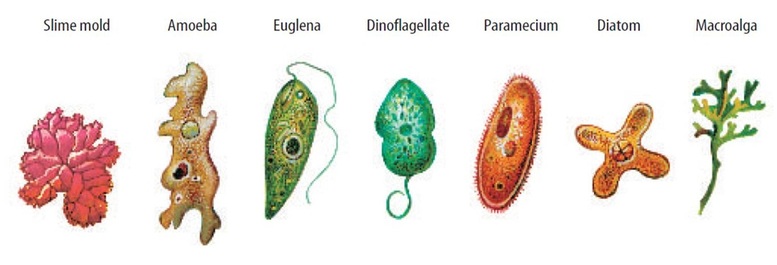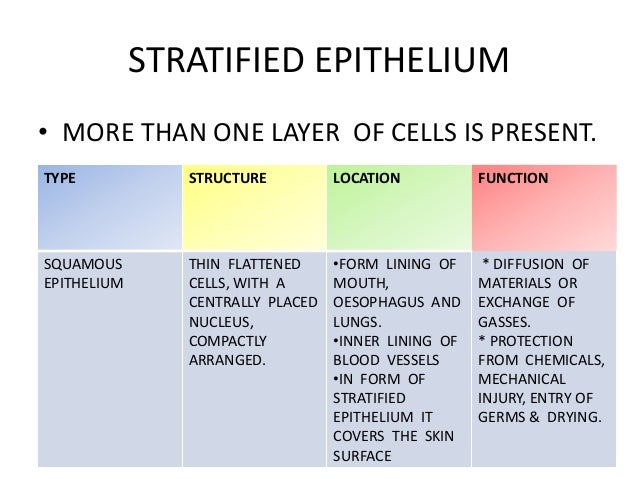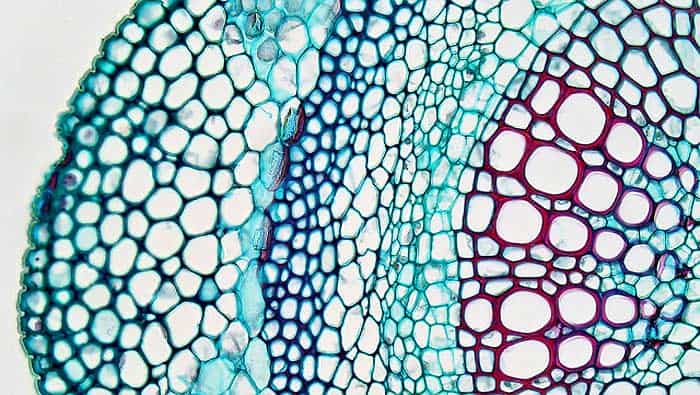Examples of plant and animal tissues information
Home » Trending » Examples of plant and animal tissues informationYour Examples of plant and animal tissues images are ready. Examples of plant and animal tissues are a topic that is being searched for and liked by netizens now. You can Find and Download the Examples of plant and animal tissues files here. Find and Download all royalty-free photos and vectors.
If you’re looking for examples of plant and animal tissues images information linked to the examples of plant and animal tissues interest, you have pay a visit to the right site. Our site frequently provides you with suggestions for seeing the maximum quality video and picture content, please kindly search and find more informative video articles and graphics that fit your interests.
Examples Of Plant And Animal Tissues. Neurons and glia.the main function of nervous tissue is the processing of information coming from the external and internal environments, and then. The structure, function, and origin of these tissues are all different. The three fundamental tissue patterns seen in roots and stems that serve to distinguish between woody dicot, herbaceous dicot, and monocot plants are an excellent illustration of this. Therefore we can aptly differentiate the plant tissues on the basis of the dividing capacity.
 Kingdom Protista BIOLOGY4ISC From biology4isc.weebly.com
Kingdom Protista BIOLOGY4ISC From biology4isc.weebly.com
Plants and animals are made up of many different kinds of tissues. Some tissues are living and some are dead. Lateral meristems occur in woody trees and plants. The four main types of animal tissues are connective, nervous, muscle, and epithelial tissues. Start studying plant and animal tissues. Two types of permanent tissues are found in plants i.e.
Neurons and glia.the main function of nervous tissue is the processing of information coming from the external and internal environments, and then.
An organism is composed of tissues, which are made up of individual cells. Simple permanent tissues include parenchyma, collenchyma, and sclerenchyma while complex tissues are xylem and phloem. The three fundamental tissue patterns seen in roots and stems that serve to distinguish between woody dicot, herbaceous dicot, and monocot plants are an excellent illustration of this. (1) pith, (2) protoxylem, (3) xylem, (4) phloem, (5) sclerenchyma, (6) cortex, and (7) epidermis are the different plant tissues. Animal tissues nervous tissue n ervous tissue develops from the embryonic ectoderm, the layer covering the embryo that becomes the epidermis. Present in animal or plant.
 Source: sciencing.com
Source: sciencing.com
They are mainly of two types permanent tissue and meristematic tissue. Embryonic tissue embryonic tissue can be divided into two kinds of stem cells: Some examples of specialised tissue types 6.1 plant epidermis 6.2 xylem 6.3 animal cartilage and bone 6.4 epithelia 6.5 nervous tissue glossary bibliography biographical sketches summary Neurons and glia.the main function of nervous tissue is the processing of information coming from the external and internal environments, and then. Lateral meristems occur in woody trees and plants.
 Source: biology-questions-and-answers.com
Source: biology-questions-and-answers.com
For example, millions of muscle cells make up muscle tissue. Lateral meristematic tissue make the plant grow thicker. Examples of lateral meristematic tissue include the vascular cambium that results in the rings you see in trees, and cork cambium or �bark� found on. Simple permanent tissues include parenchyma, collenchyma, and sclerenchyma while complex tissues are xylem and phloem. Therefore we can aptly differentiate the plant tissues on the basis of the dividing capacity.
 Source: biology-questions-and-answers.com
Source: biology-questions-and-answers.com
Lateral meristems occur in woody trees and plants. Growth is restricted to the tips of stem and roots. Such tissues may be found in both plants and animals, as well as algae. Animal tissues nervous tissue n ervous tissue develops from the embryonic ectoderm, the layer covering the embryo that becomes the epidermis. Two types of permanent tissues are found in plants i.e.
 Source: slideshare.net
Source: slideshare.net
Animal tissue is a type of tissue made up of one or more types of embryonic cells that perform the same functions in the animal body. Illustrate, describe, and differentiate the various types of tissues characteristic of vascular plants b. They develop from the ectoderm, mesoderm and endoderm of the embryo. For example, millions of muscle cells make up muscle tissue. Animal tissue is a type of tissue made up of one or more types of embryonic cells that perform the same functions in the animal body.
 Source: haikudeck.com
Source: haikudeck.com
(1) pith, (2) protoxylem, (3) xylem, (4) phloem, (5) sclerenchyma, (6) cortex, and (7) epidermis are the different plant tissues. Animals move from one place to the other in search of food, shelter etc. Typically these tissues form a protective shield against predation or provide structural support. Examples of plant tissues include: 7 rows the table gives some examples of animal and plant tissues.
 Source: biology4isc.weebly.com
Source: biology4isc.weebly.com
The nervous tissue is composed of two cell types: Simple and complex permanent tissue. A cell is the basic structural and functional unit of a living organism. Typically these tissues form a protective shield against predation or provide structural support. An organism is composed of tissues, which are made up of individual cells.
 Source: bioexplorer.net
Source: bioexplorer.net
Cells of animal tissue do not have cell wall. They develop from the ectoderm, mesoderm and endoderm of the embryo. Simple and complex permanent tissue. Cells are adapted for specific functions through a process of cell differentiation. 4.4 vessel elements in plants 5.
This site is an open community for users to do sharing their favorite wallpapers on the internet, all images or pictures in this website are for personal wallpaper use only, it is stricly prohibited to use this wallpaper for commercial purposes, if you are the author and find this image is shared without your permission, please kindly raise a DMCA report to Us.
If you find this site helpful, please support us by sharing this posts to your preference social media accounts like Facebook, Instagram and so on or you can also save this blog page with the title examples of plant and animal tissues by using Ctrl + D for devices a laptop with a Windows operating system or Command + D for laptops with an Apple operating system. If you use a smartphone, you can also use the drawer menu of the browser you are using. Whether it’s a Windows, Mac, iOS or Android operating system, you will still be able to bookmark this website.
Category
Related By Category
- Dyson hoover v6 animal information
- Creative names for stuffed animals information
- Cute anime dog information
- Author of my family and other animals information
- Best free anime app information
- Anime laptop backgrounds information
- Anime forest background information
- Bleach blood war arc anime information
- Cheltenham animal shelter information
- Anime mugen games download information